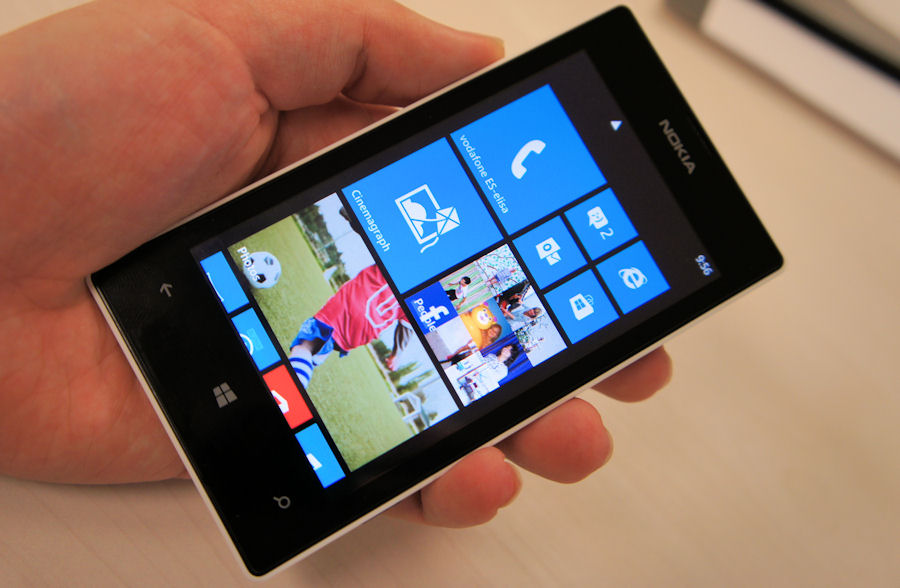This train of thought has all started from Mathias Holstrom's view over on Seeking Alpha. He's taken a look at the downward trend of the average selling price, and points out that it is not the danger that many describe it as.
But while bears are indeed correct that Nokia offered its phone at a discount and thus has lower margins than Apple, that isn't the only explanation for the lower selling prices. Another important factor is the trend towards cheaper phones. Just a few years ago there was a significant difference in quality between the high-end and low-end phones, while today; the low-end phones are "good enough" for most consumers. Thus, we are seeing an increasing popularity of low-end phones which is putting a further downward pressure on the ASP.
Let's be clear, a lower priced handset is almost always going to result in less revenue per handset. The economic balance is that you'll be selling far more of them than a high-end handset so your bottom line will still reflect a similar number. The key is to have the low ASP handset become a hit. Now, does Nokia have a hit handset in that price range?
Step forward the Lumia 520, which we've already seen is not only the biggest selling Windows Phone handset, it's the biggest selling Windows device across the board. It's so successful that the current rumours are that the Lumia 525 is going to be along to keep the budget line fresh and new (at least from a marketing and PR point of view).

Assuming that the sale of Nokia's Devices and Services division goes though, Microsoft is going to have a division which has the leading handset by volume. The question after that would be a simple one - will the 'Nokia/Redmond' team be asked to focus on revenue or on unit sales?
I would hope that the decision is to focus on unit sales. As many have noted, Microsoft (like Apple) has a rather large cash reserve, and while they could put in place an internal rule that each division should be in profit, that would not be very holistic or advantageous. Microsoft has an advantage with their financial resources, so they should be making best use of that.
What's the one number stat that is the go-to measurement for the world's media when talking about smartphones? Market share.
If you want to reduce the issues to a simple world-view, Microsoft needs to get that market share number up, and I'd argue that it's important for Microsoft to hit 10% in as many regions as possible, as quickly as possible - at the very minimum, the EU5 market (the UK, Germany, France, Spain, and Italy) and the American market need to reach 10%, with the overall global share following as quickly as possible.
Market share is all about shifting units. Android is a great example of this. Much of the market share of Google's mobile OS is built on low end handsets that use the OS, even if they are not considered as smartphones by the people buying the handsets. They still become part of the ecosystem, they still use the app store, they still use the services.
This is what Windows Phone needs, a groundswell of handsets at the lower end which dramatically boosts the market share numbers, which provides a larger user base to advertise applications and services to, and which creates a positive feedback loop as more people see Windows Phone handsets in their day to day life.
Yes, the ASP of handsets is dropping, but that is to be expected when your goal is to generate market share. Once more, Nokia has shown its skill in this low price, high volume space. Now it takes that experience with it to Redmond, with increased resources and presumably a loosening of the purse strings.
While it would be nice to be selling at every point of the price range, in significant numbers, that's not going to happen overnight. As long as the market share goes up, Windows Phone can trade the lower ASP for more unit sales to boost the uptake of Windows Phone.
